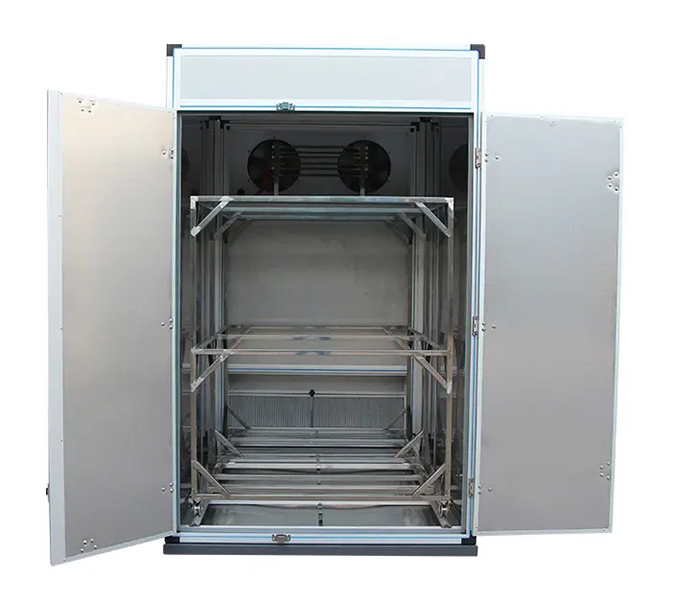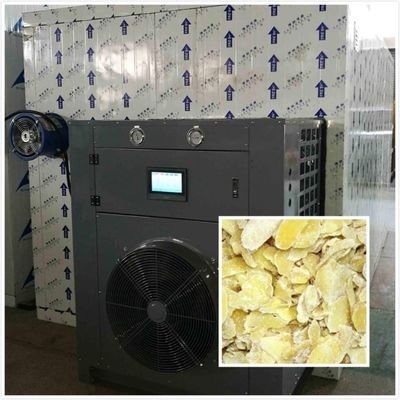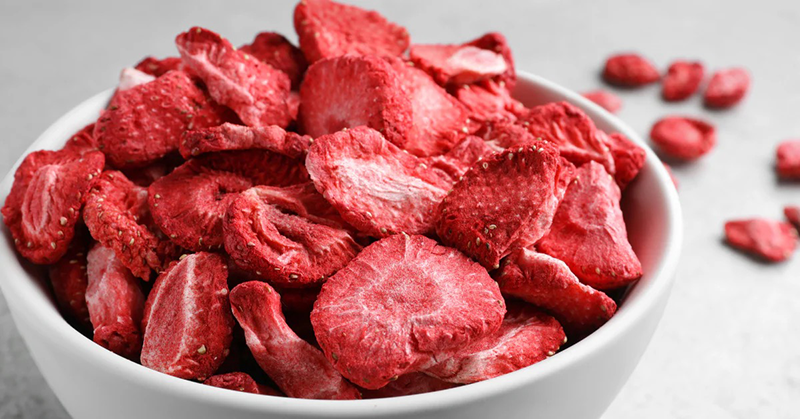
Content Menu
● Understanding the Types of Dryers
>> Vented Dryers
>> Condenser Dryers
>> Heat Pump Dryers
● Comparing Energy Savings
● Practical Applications for Food Drying
>> Using Vented Dryers for Food Drying
>> Using Condenser Dryers for Food Drying
>> Using Heat Pump Dryers for Food Drying
● Factors Influencing Dryer Choice
● Maintenance Tips for Optimal Performance
● Conclusion
● FAQ
>> 1. What is the most energy-efficient type of dryer?
>> 2. Can I use a vented dryer for food drying?
>> 3. How does a condenser dryer work?
>> 4. Are heat pump dryers slower than other types?
>> 5. What factors should I consider when choosing a dryer?
In the world of drying appliances, choosing the right dryer can significantly impact energy consumption and efficiency. This article delves into the three main types of dryers—vented, heat pump, and condenser—focusing on their energy-saving capabilities and suitability for food drying applications.

Understanding the Types of Dryers
Vented Dryers
Vented dryers are traditional appliances that operate by drawing in air from the surrounding environment, heating it, and then circulating it through the drum where it absorbs moisture from clothes. The damp air is expelled outside through a vent.
- Energy Efficiency: Generally, vented dryers are less energy-efficient compared to heat pump models. They typically have lower energy ratings, often around 2-3 stars.
- Installation Requirements: These dryers require a proper venting system to expel moisture outside, making them less flexible in terms of placement.
- Drying Speed: Vented dryers tend to dry clothes quickly due to higher operating temperatures.
Condenser Dryers
Condenser dryers work by collecting moisture from the air inside the drum and condensing it into water, which is either stored in a tank or drained away.
- Energy Efficiency: While more efficient than vented dryers, condenser dryers still use significant energy as they rely on heating elements to generate hot air.
- Installation Flexibility: They do not require external venting, allowing for more versatile placement options in homes.
- Drying Temperature: These dryers operate at medium temperatures, which can be harsher on fabrics compared to heat pump models.
Heat Pump Dryers
Heat pump dryers are the most energy-efficient option available. They utilize a closed-loop system that recycles hot air within the appliance instead of venting it outside.
- Energy Efficiency: Rated between 7 to 10 stars for energy efficiency, heat pump dryers consume significantly less electricity than both vented and condenser models.
- Gentle Drying: They dry clothes at lower temperatures (around 50°C), which helps preserve fabric quality and reduces wear and tear.
- Installation Needs: Similar to condenser dryers, heat pump dryers do not need external vents, making them suitable for various spaces.
Comparing Energy Savings
To better understand which dryer type offers the best energy savings, let's compare their operational costs and efficiency:
| Feature | Vented Dryer | Condenser Dryer | Heat Pump Dryer |
| Energy Efficiency Rating | Low (2-3 stars) | Moderate (4-5 stars) | High (7-10 stars) |
| Average Energy Consumption | High | Moderate | Low |
| Drying Temperature | High (70-75°C) | Medium (60-70°C) | Low (50°C) |
| Installation Flexibility | Requires venting | No vent needed | No vent needed |
Practical Applications for Food Drying
In addition to clothing, these dryer types can also be applied for food drying purposes. Food dehydrators are specifically designed for this task; however, understanding how these dryer types can be utilized for food preservation is essential.

Using Vented Dryers for Food Drying
While not ideal for food drying due to high temperatures and moisture expulsion:
- Pros: Quick drying times make vented dryers appealing for certain applications.
- Cons: The risk of cooking or burning food due to high temperatures requires careful monitoring. Foods like herbs or thinly sliced fruits may be dried but at the cost of losing essential nutrients and flavor.
Using Condenser Dryers for Food Drying
Condenser dryers can be used but with limitations:
- Pros: More controlled environment than vented dryers; does not require external venting. This makes them suitable for indoor use without needing additional installation work.
- Cons: Higher energy consumption; may not achieve optimal drying results. The moisture collected may lead to higher humidity levels in small spaces if not properly ventilated.
Using Heat Pump Dryers for Food Drying
Heat pump dryers are best suited for food drying applications:
- Pros: Energy-efficient; low temperatures prevent cooking; preserves nutrients better. This makes them ideal for drying fruits, vegetables, and herbs while maintaining their nutritional value.
- Cons: Longer drying times compared to other methods. However, this can be mitigated by planning ahead and using timers effectively.
Factors Influencing Dryer Choice
When selecting a dryer type, several factors should be considered beyond just energy efficiency:
1. Cost of Operation: While heat pump dryers have a higher upfront cost, their lower operating costs can lead to savings over time. Vented dryers may be cheaper initially but can result in higher electricity bills due to their inefficiency.
2. Space Availability: If space is limited or if you cannot install an external vent, condenser or heat pump dryers are preferable options.
3. Fabric Care: For delicate fabrics or items that require gentle care, heat pump dryers offer a significant advantage due to their lower drying temperatures.
4. Drying Capacity: Consider the size of your household and how much laundry you do regularly. Larger families may benefit from a dryer with a bigger capacity regardless of type.
5. Environmental Impact: As sustainability becomes increasingly important in our daily lives, opting for an energy-efficient dryer aligns with eco-friendly practices. Heat pump technology is often seen as a more sustainable choice due to its lower carbon footprint.
Maintenance Tips for Optimal Performance
Regardless of the type of dryer you choose, regular maintenance is crucial for optimal performance and longevity:
- Clean Filters Regularly: All dryer types have lint filters that need cleaning after every use to maintain airflow and efficiency.
- Inspect Ventilation Systems: For vented dryers, ensure that the ventilation ducts are clear of obstructions to prevent overheating and ensure efficient operation.
- Check Water Tanks: For condenser and heat pump models that collect water, empty the tank regularly to avoid overflow issues.
- Schedule Professional Servicing: Consider having your dryer serviced annually by a professional technician to check for any potential issues that could affect performance.
Conclusion
When considering energy savings and efficiency in drying appliances, heat pump dryers emerge as the clear winner among the three types—vented, condenser, and heat pump. Their ability to recycle hot air not only conserves energy but also provides a gentler drying process that is beneficial for both clothing and food preservation.
Investing in a heat pump dryer can lead to significant long-term savings on utility bills while ensuring that your fabrics and foods maintain their quality over time. As sustainability becomes increasingly important in our daily lives, opting for an energy-efficient dryer aligns with eco-friendly practices.

FAQ
1. What is the most energy-efficient type of dryer?
Heat pump dryers are the most energy-efficient option available, often rated between 7 to 10 stars for energy efficiency.
2. Can I use a vented dryer for food drying?
While possible, using a vented dryer for food drying is not recommended due to high temperatures that can cook or burn food.
3. How does a condenser dryer work?
A condenser dryer collects moisture from clothes by condensing it into water which is stored in a tank or drained away.
4. Are heat pump dryers slower than other types?
Yes, heat pump dryers generally take longer to dry clothes compared to vented or condenser models due to their lower operating temperatures.
5. What factors should I consider when choosing a dryer?
Consider energy efficiency ratings, installation requirements (venting), drying speed, fabric care needs, cost of operation, space availability, and environmental impact when making your choice.












